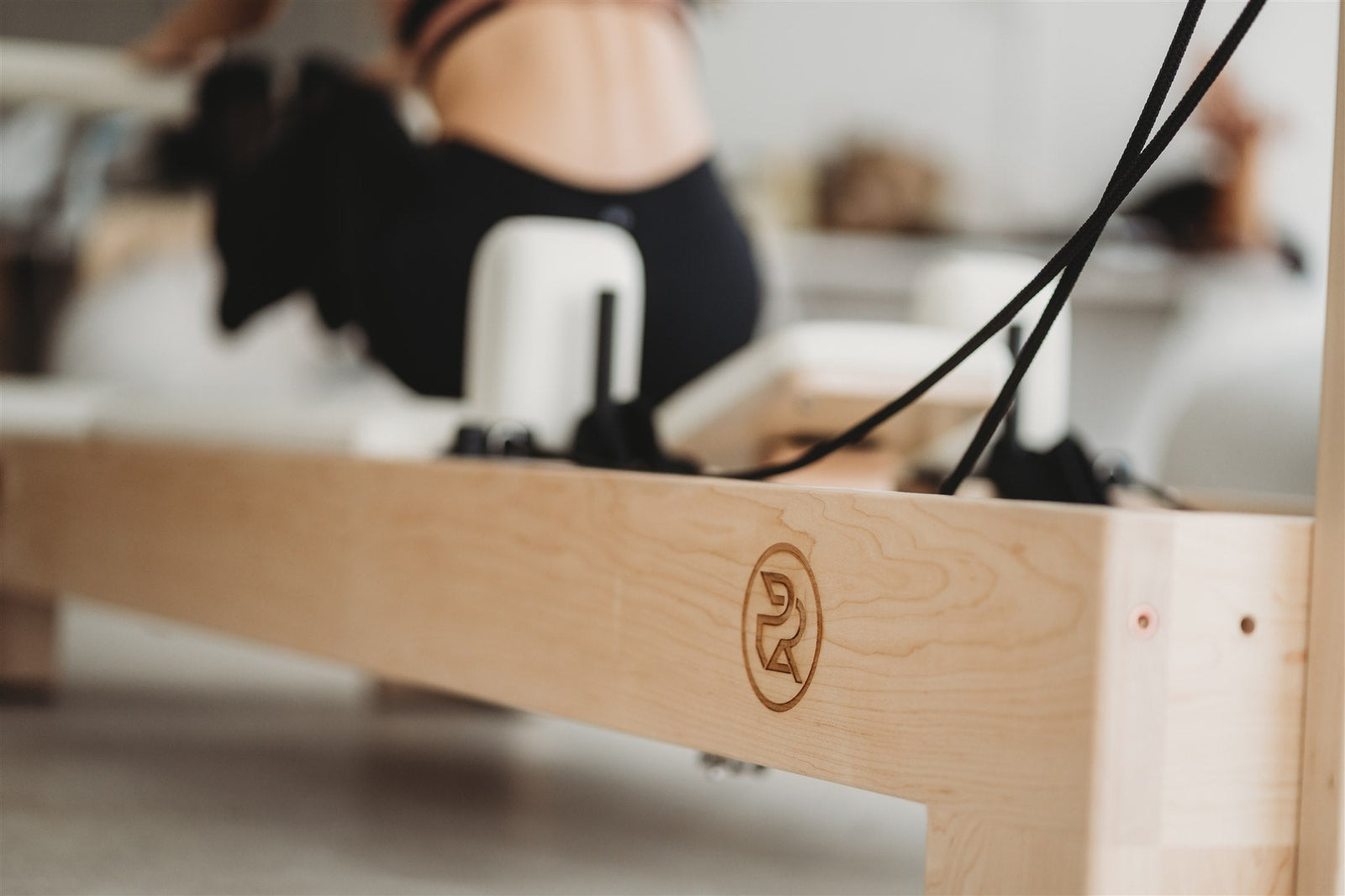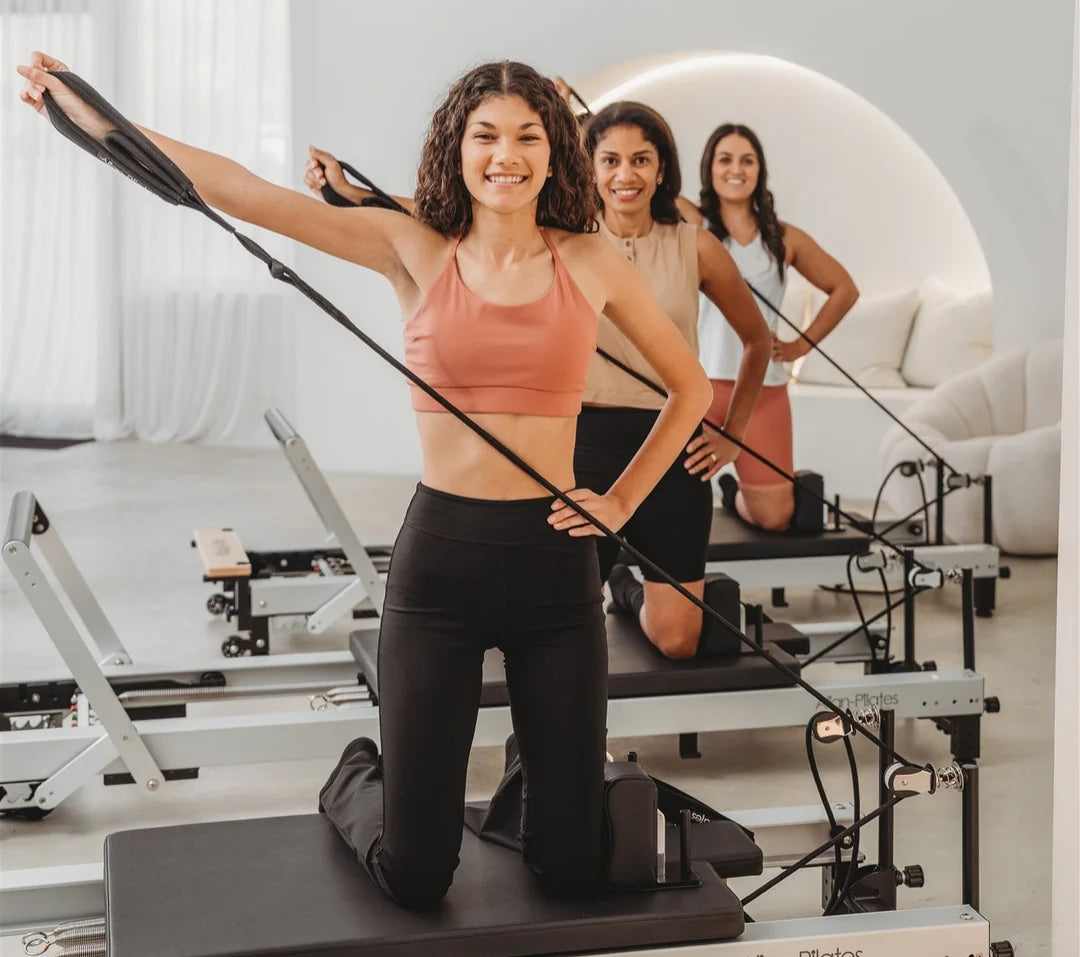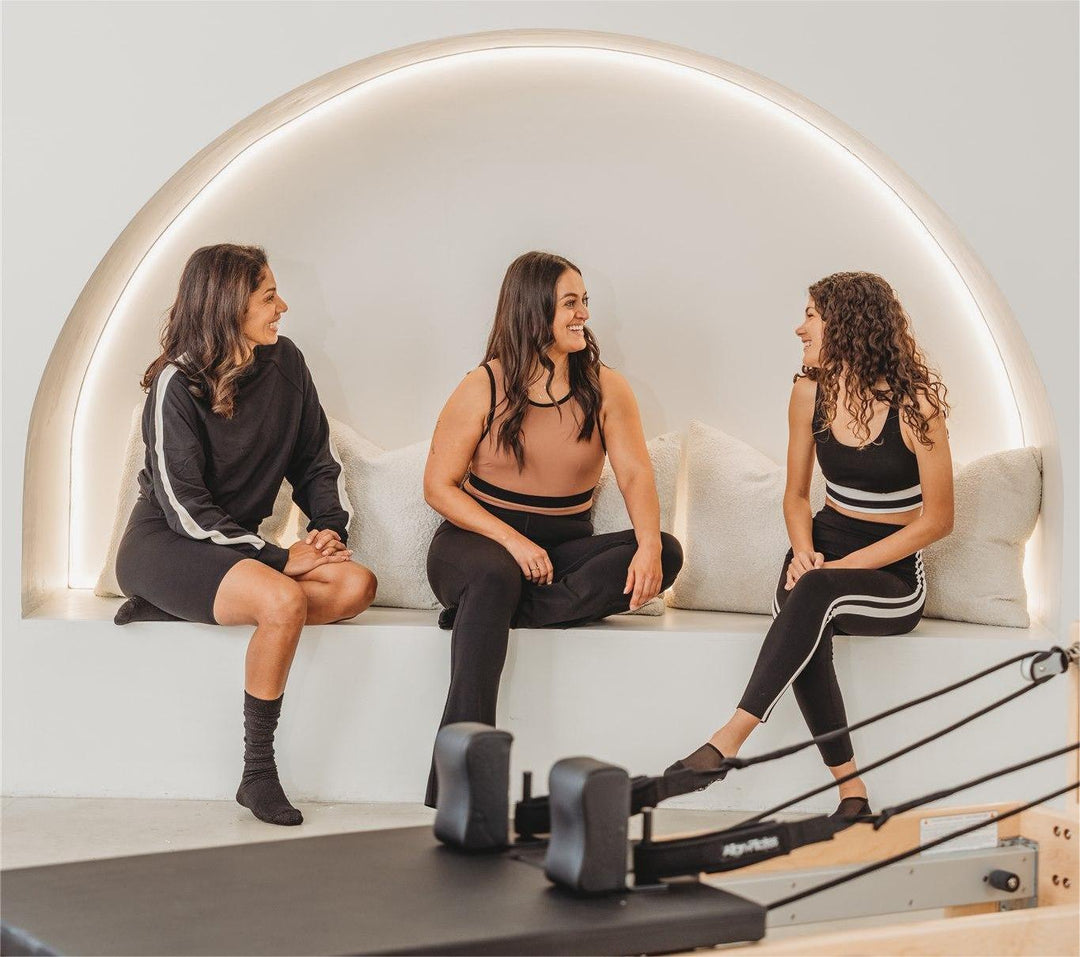Do's and Don'ts When Using a Pilates Reformer

Working and developing a range of Pilates equipment over the past years has showed me the most common issues and the general reasons behind them.
The Pilates Reformer is an exceptional tool for fitness and general wellbeing, and quite possibly the most important component in the future of your business. The correct use and maintenance of Reformers is crucial to ensure both the safety of the user and the longevity of the equipment.
Here's some of the most important do's and don’ts when using a Pilates Reformer, helping both studio owners and practitioners make the most of their practice.
1. Do: Understand the Mechanics of the Foot Bar
The foot bar is an essential component of the Reformer, providing stability and support during various exercises. However, it's important to understand that the foot bar is weight-tested for static pressure, not dynamic or pounding force. While it can support a significant load when used properly, jumping or forcefully pressing down on the foot bar can damage the equipment.
Don’t: Jump on the foot bar. This can put excessive strain on its mechanics and lead to breakdowns, which could be both costly and dangerous.
Tip: When selecting a Pilates Reformer, choose one where the mechanics of the foot bar are visible. This allows you to check whether it is safely positioned before use, giving you peace of mind and ensuring user safety.
2. Do: Use a Jump Board for Jumping Exercises
If you plan to incorporate dynamic movements, like jumping, into your Reformer workout, always use a jump board. Jump boards are specifically designed to absorb the impact of jumping and reduce the stress placed on the Reformer.
Don’t: Use the foot bar or the carriage for jumping or running exercises. This can lead to wear and tear on essential components such as the wheels, potentially causing the carriage to break, rendering the equipment unsafe.
3. Don’t: Use the Jump Board as a Pregnancy Wedge
While it may seem like a convenient solution, using the jump board as a pregnancy wedge or for other unintended purposes can lead to unnecessary wear and tear. Specifically, the vinyl upholstery covering the jump board is not designed for prolonged pressure, and using it in this way can cause the material to wear out prematurely.
Tip: Invest in specific pregnancy wedges or appropriate padding that’s designed for pregnancy modifications or similar exercises to ensure your equipment lasts longer and provides the necessary support.
4. Do: Clean the Runners Regularly
The smooth movement of the carriage on a Pilates Reformer is largely dependent on the condition of the runners. Over time, dirt and dust can accumulate on the runners, and this can act like sandpaper, wearing down the anodized coating. Once this coating wears away, the carriage may no longer glide smoothly which can negatively affect your practice and lead to costly repairs.
Don’t: Neglect cleaning the runners. It’s easy to overlook regular maintenance, but failing to clean the runners can drastically shorten the lifespan of your Reformer.
Tip: Wipe down the runners with a soft, damp cloth after each use, and schedule a more thorough cleaning session at least once a week. This will ensure the smooth function of your Reformer and reduce the likelihood of wear and tear.
5. Do: Regularly Check and Tighten Bolts
Over time, the bolts and screws on your Reformer can loosen due to frequent use. Loose bolts not only compromise the stability of the equipment but also pose a significant safety risk to users.
Don’t: Assume that the Reformer will maintain its condition without regular checkups. Ignoring maintenance responsibilities can lead to serious injury and liability issues for studio owners.
Tip: Make it a habit to check the bolts and other fasteners every month. Tighten them as needed to maintain the safety and functionality of your Reformer. Consider hiring a professional to perform an annual maintenance check to ensure everything is in optimal condition.
6. Do: Keep a Documented Service Record
Studio owners, in particular, should maintain a documented service record for their Pilates Reformers. Not only does this demonstrate your commitment to regular maintenance, but it could also be essential for insurance claims if an accident occurs in the studio.
Don’t: Overlook the importance of keeping these records. In the event of an insurance claim or legal dispute, having a documented maintenance record may be required to prove that you’ve taken the necessary steps to ensure the safety of your clients and equipment.
Tip: Create a service logbook that tracks when maintenance and inspections are completed. Include details such as cleaning, tightening of bolts, and any repairs made. This can be invaluable in preventing future issues and protecting your business. Numbering your reformers is a simple yet valuable tool when recording faults.
You can also access our free Service and Maintenance Logbook designed for Align-Pilates Equipment Users
7. Don’t: Purchase a Reformer from an Unrecognised Manufacturer
While it may be tempting to cut costs by purchasing a cheaper, non-branded Reformer, this can lead to significant risks. Non-recognised brands may not adhere to strict safety standards, and using them in a professional setting can open the door to potential injuries and legal liabilities.
Do: Invest in a Pilates Reformer from a reputable manufacturer. Recognised brands have a proven track record for safety and durability, making them a safer choice for both studio owners and home practitioners.
Tip: Before purchasing a Reformer, research the manufacturer and ensure they meet safety standards. Check for product certifications and reviews to ensure you’re making a wise investment.
8. Do: Prioritise Safety and Client Education
Whether you are a studio owner or a Pilates instructor, ensuring your clients know how to use the Reformer properly is critical. Demonstrating safe practices and correct alignment can prevent injury and damage to the equipment.
Don’t: Assume that all clients have prior knowledge of the Reformer. Even those who have used one before may have developed bad habits or may be unfamiliar with the specifics of the equipment at your studio.
Tip: At the start of each class, offer a quick safety briefing, especially for new clients. Explain the correct use of the foot bar, carriage, and springs, and encourage clients to ask questions if they are unsure. This will not only improve their experience but also reduce the risk of injury and equipment damage.
Conclusion
Using a Pilates Reformer can significantly enhance your workout routine, providing benefits such as improved strength, flexibility, and posture. However, it’s crucial to follow these do’s and don’ts to ensure the safety of both the user and the equipment. From choosing the right Reformer to regular maintenance and proper use, these guidelines will help extend the life of your Reformer and create a safer, more enjoyable Pilates experience for everyone involved.
Remember, maintaining your Reformer isn't just about keeping it in working order—it's also about ensuring the safety of everyone who uses it. So, whether you’re a studio owner, instructor, or Pilates enthusiast, following these essential guidelines will help you get the most out of your equipment for years to come.





